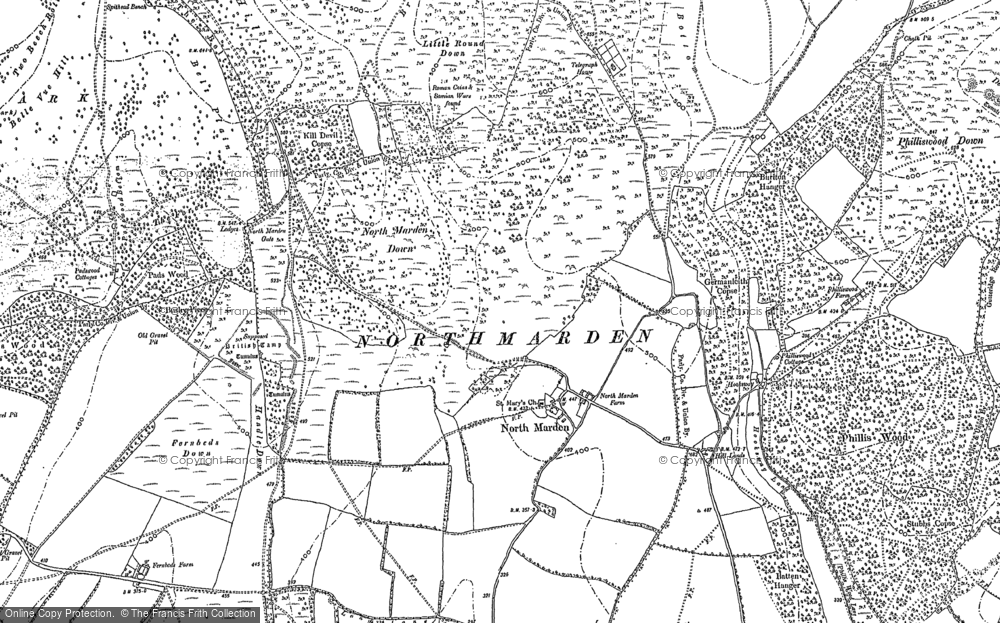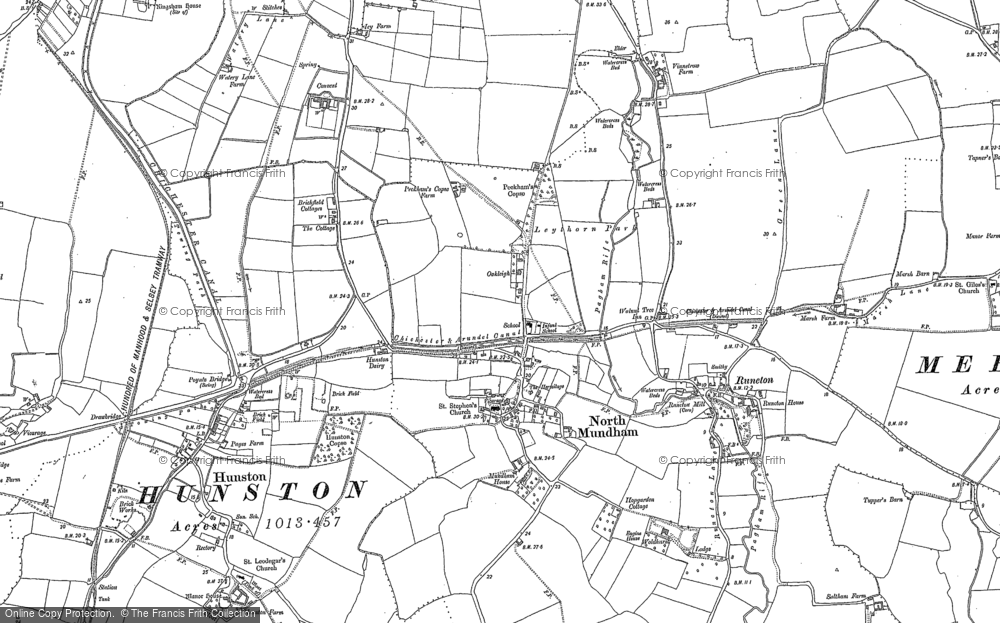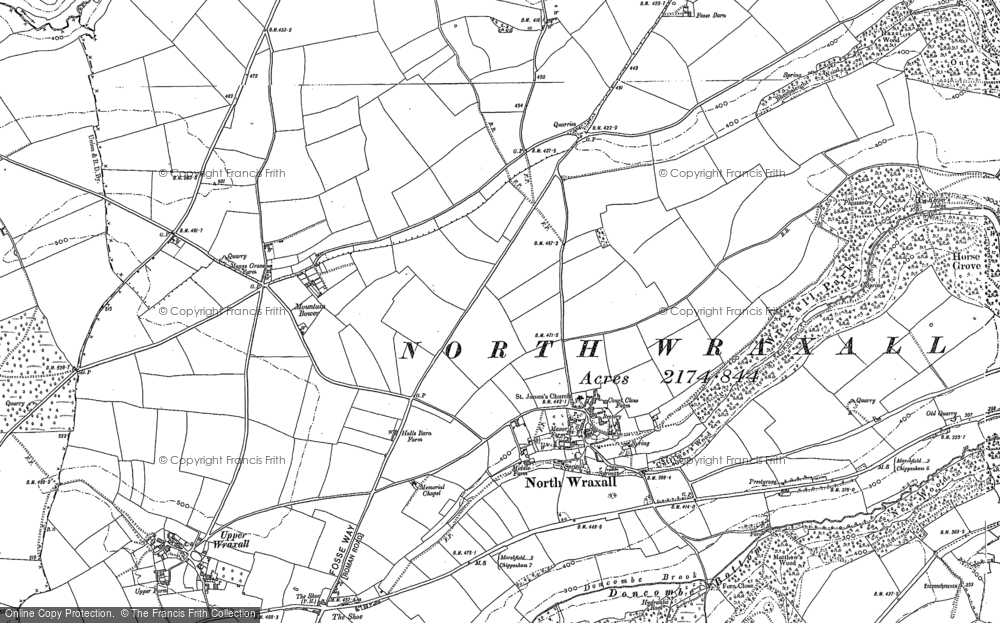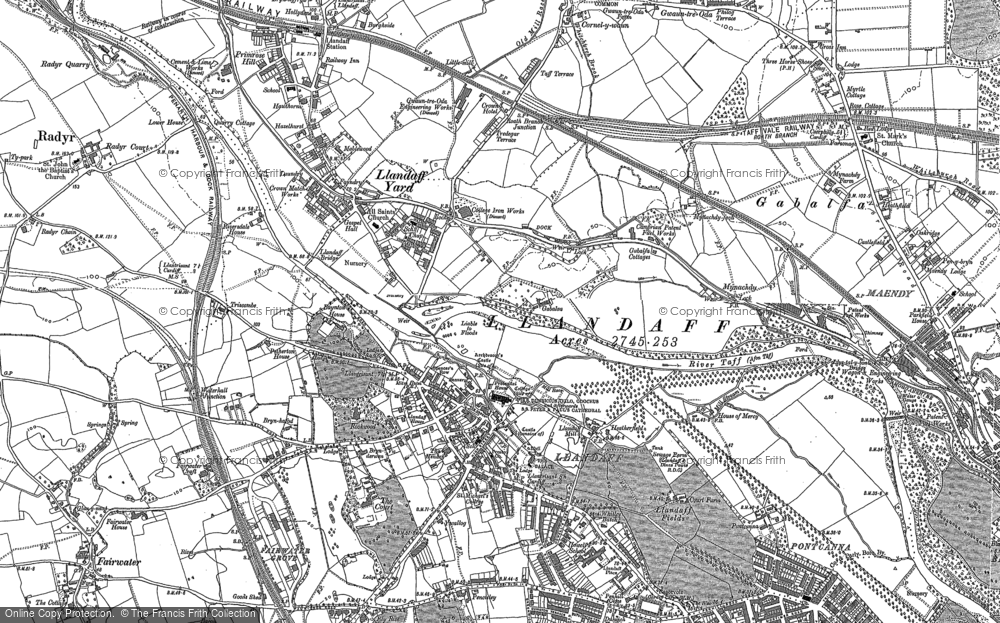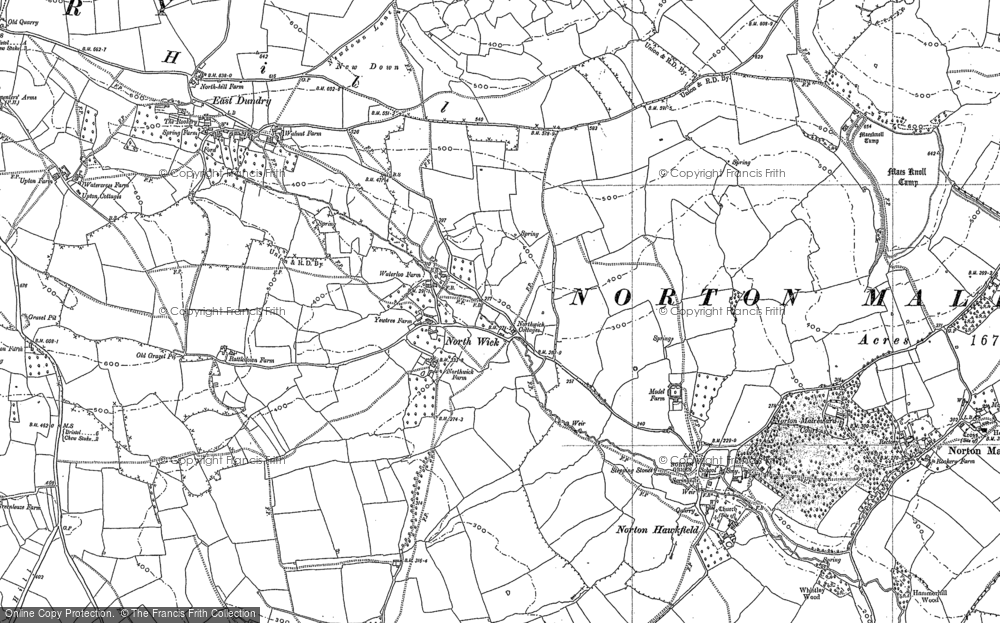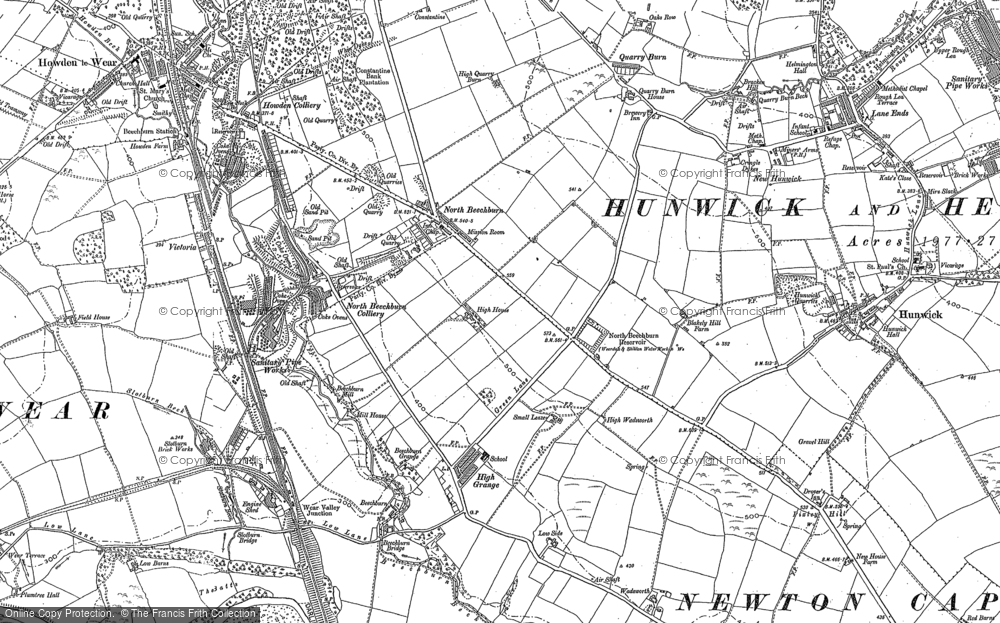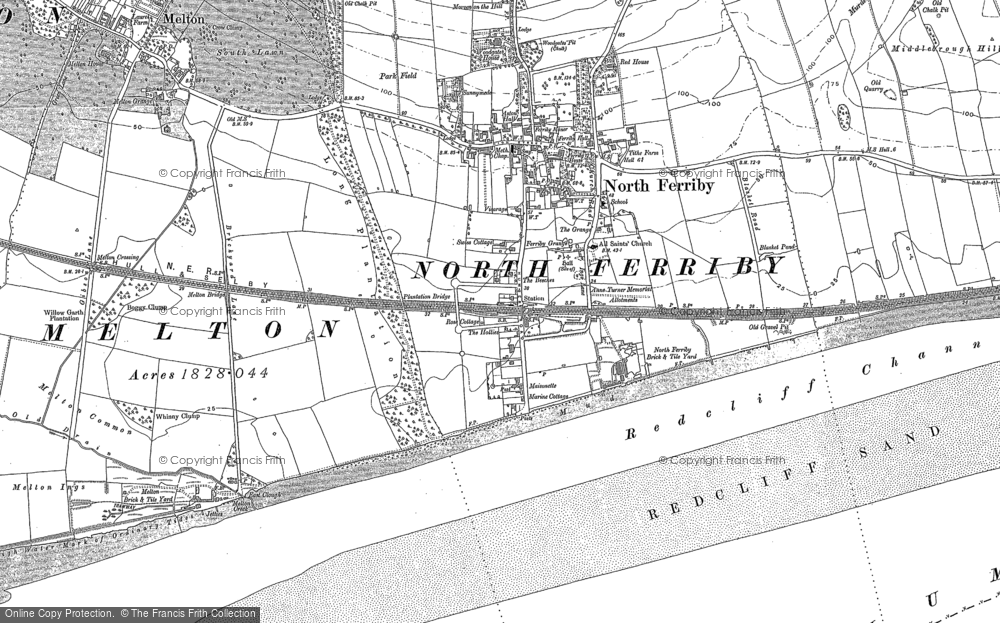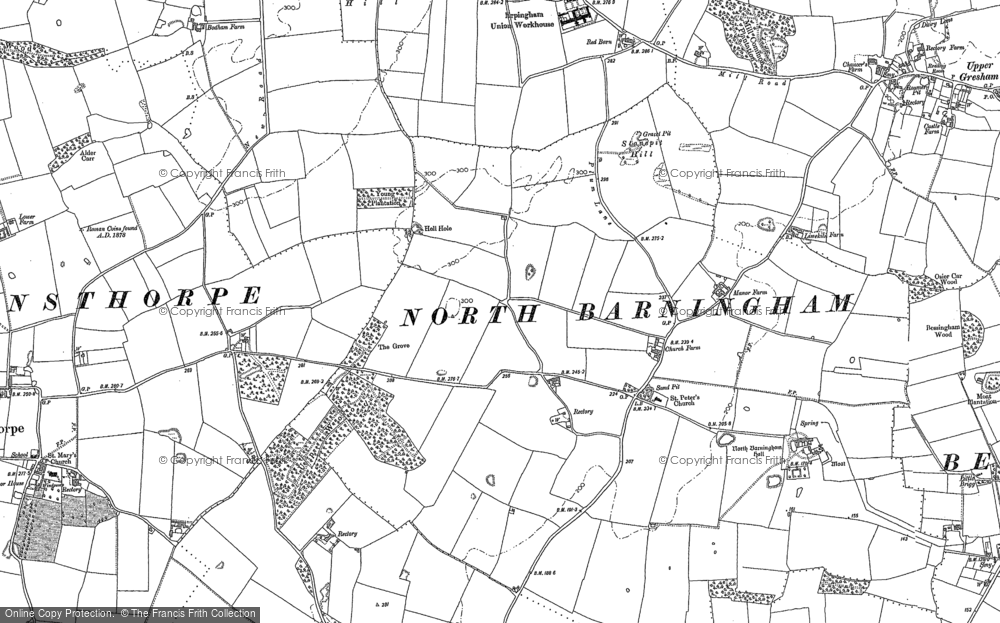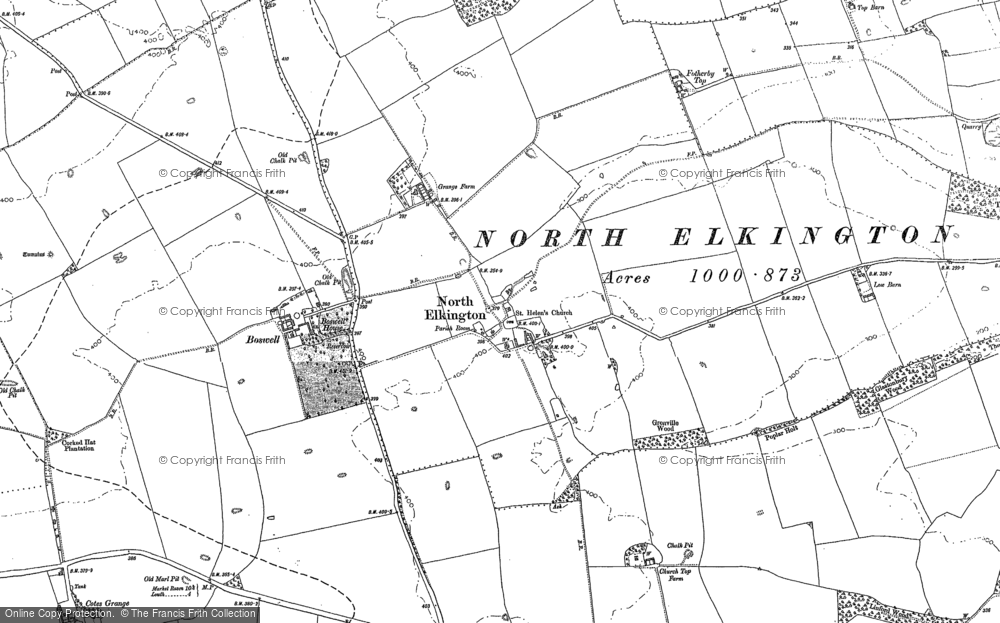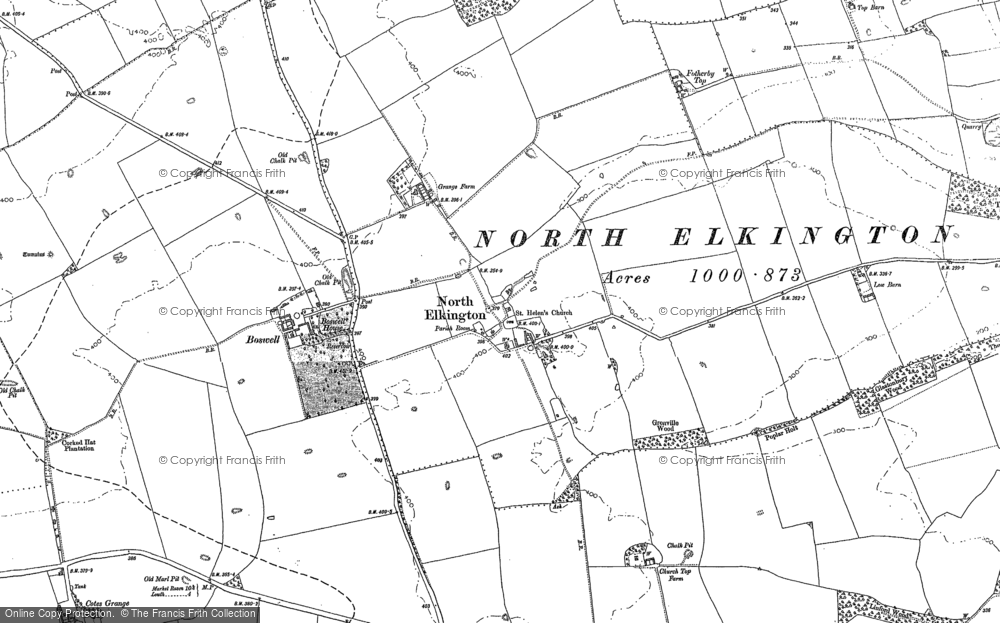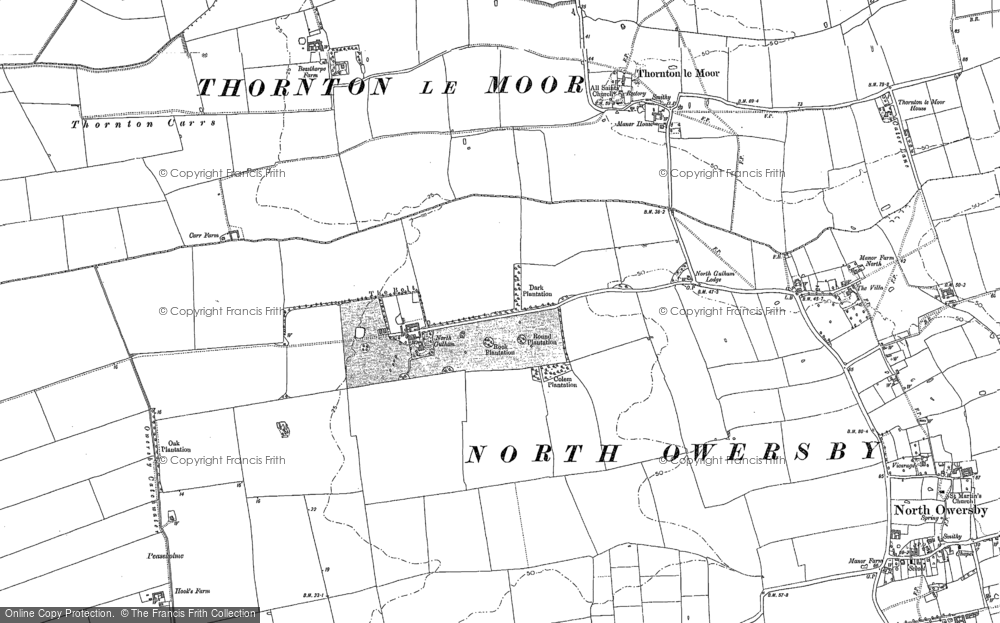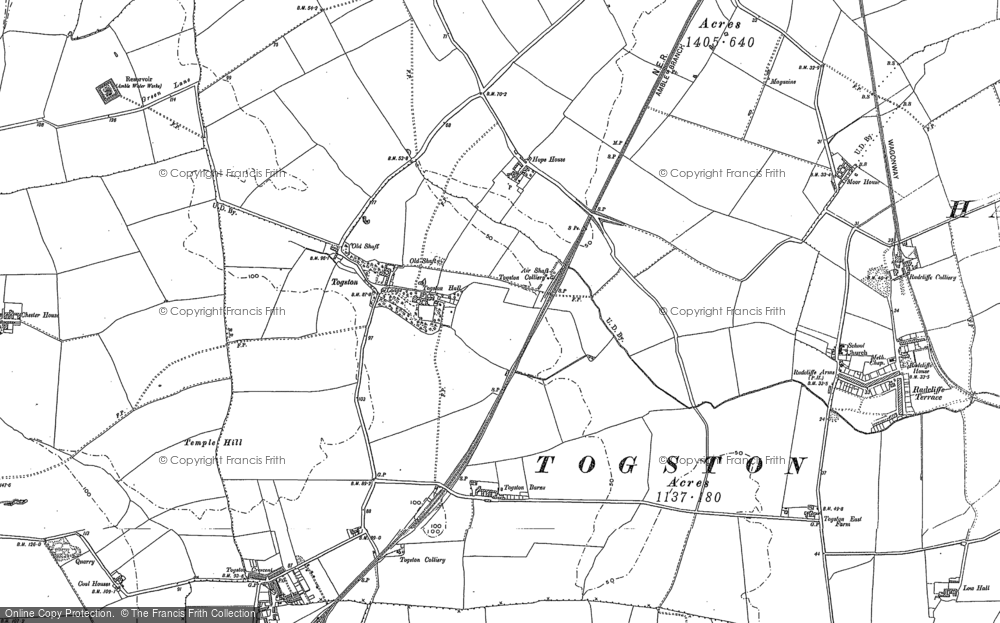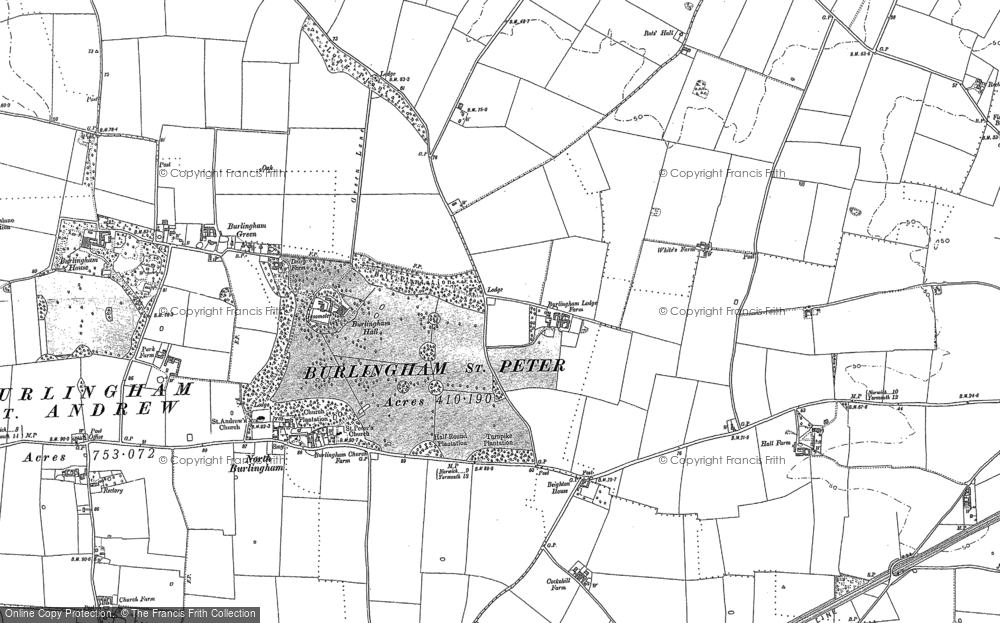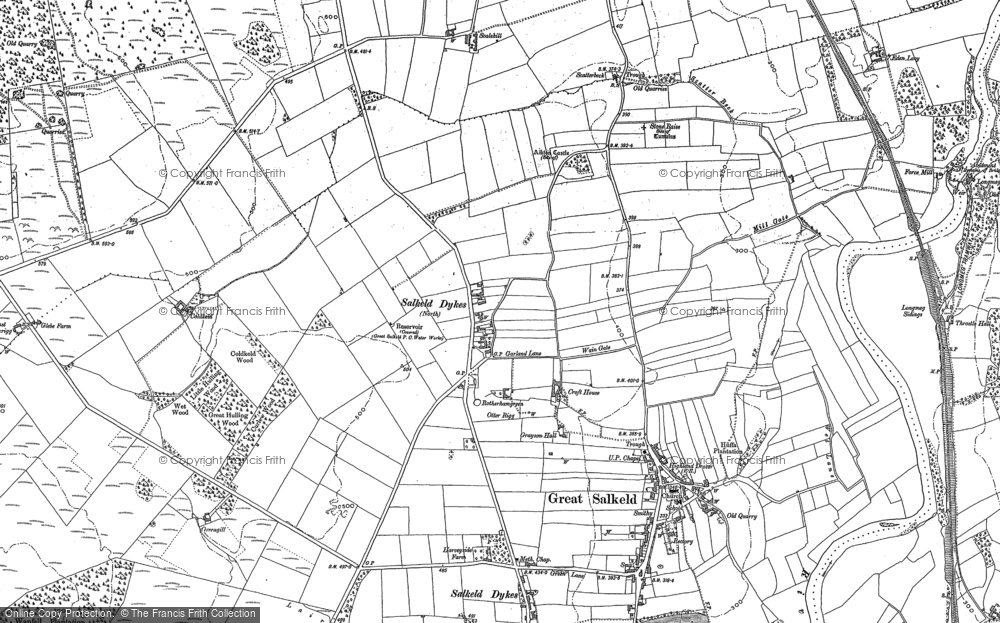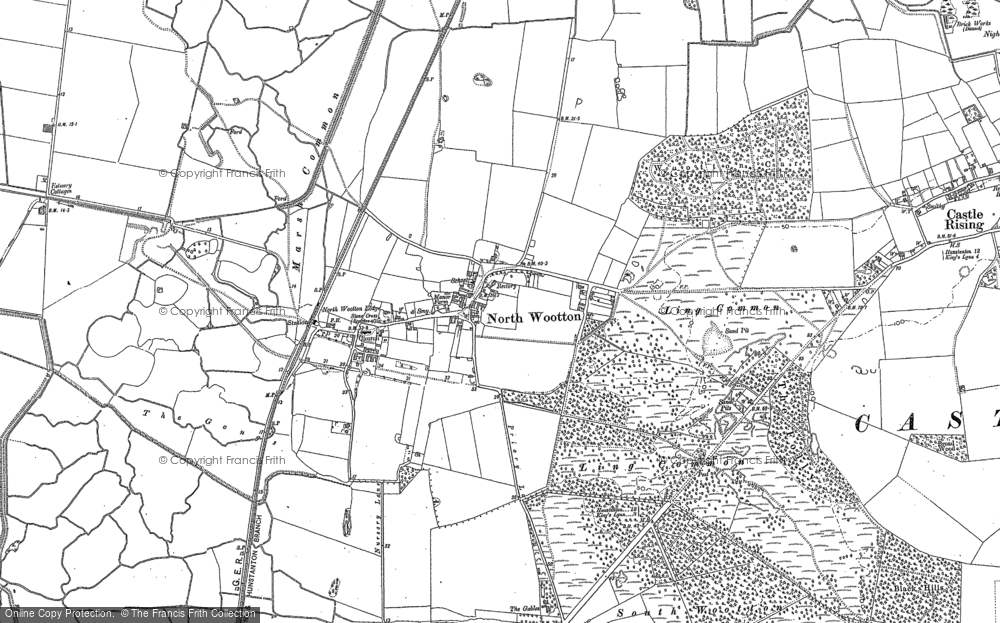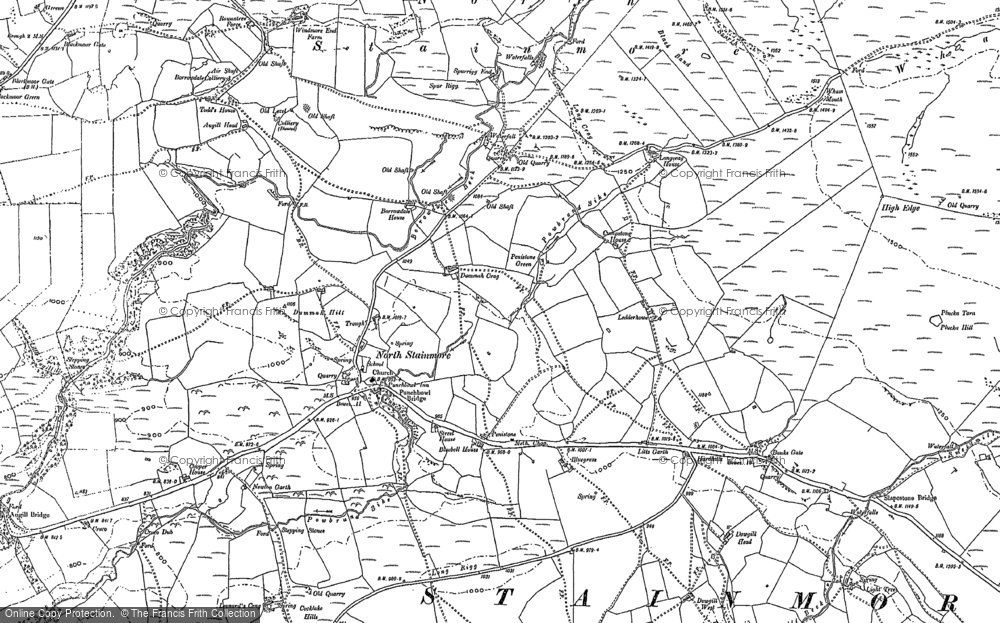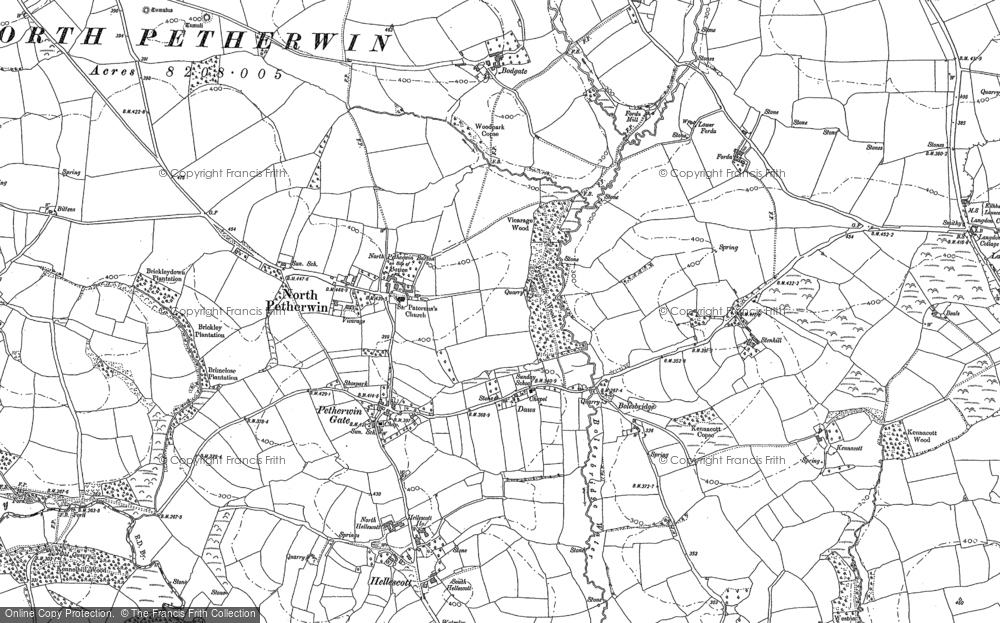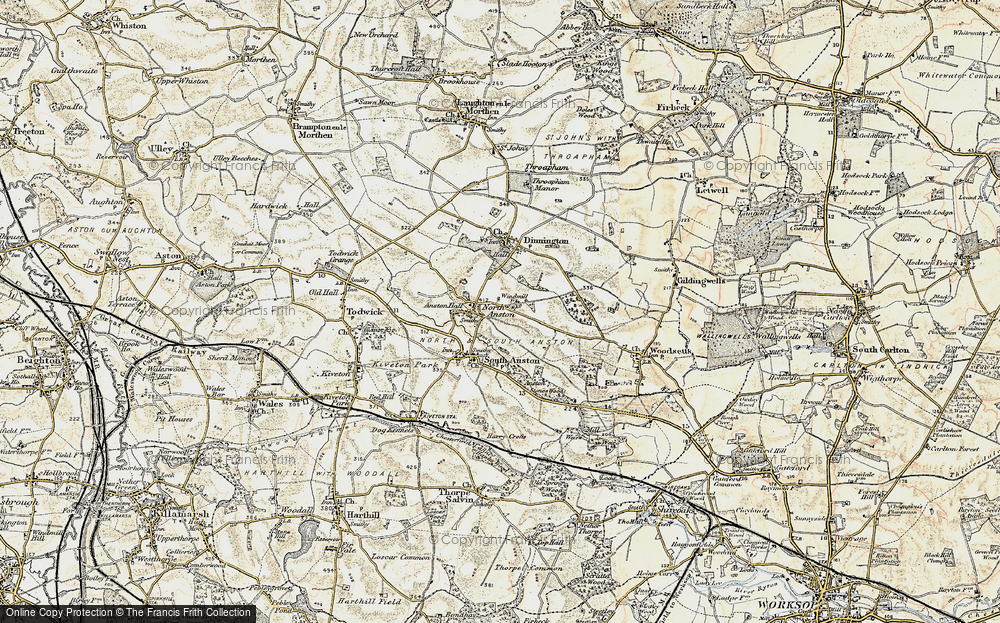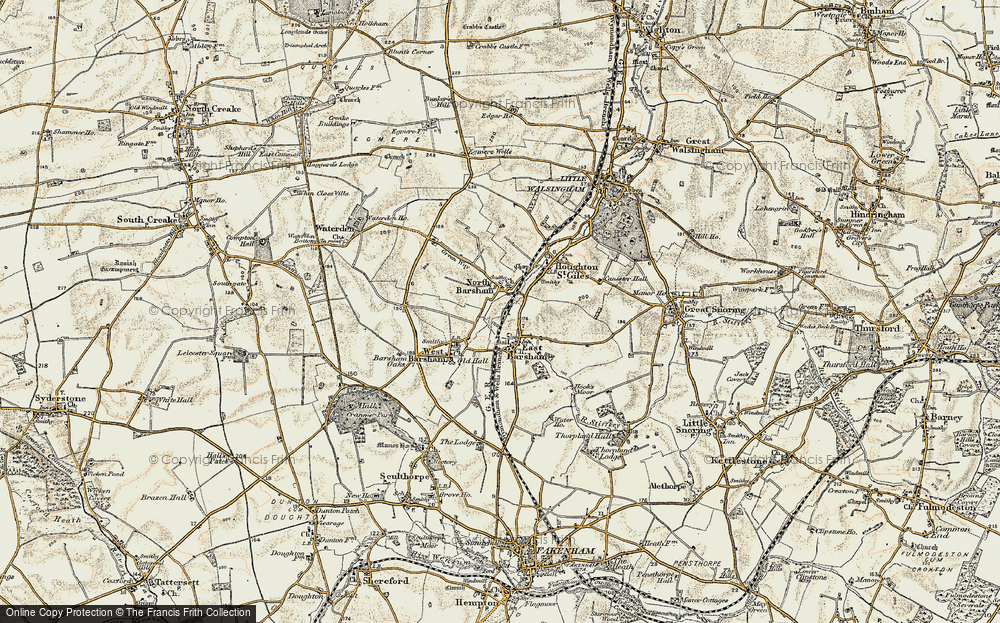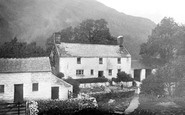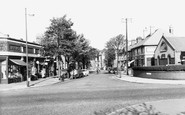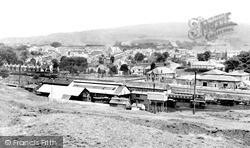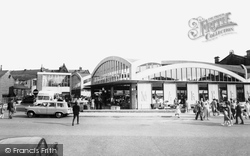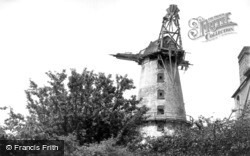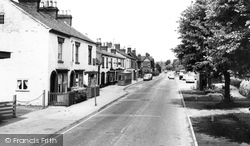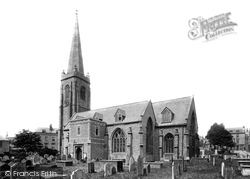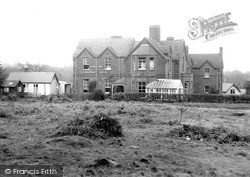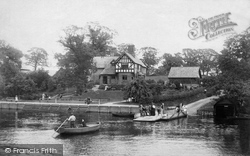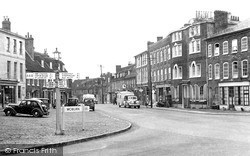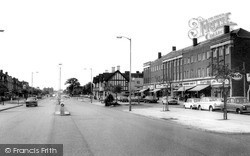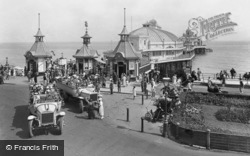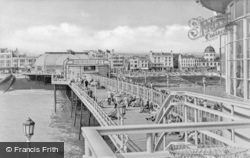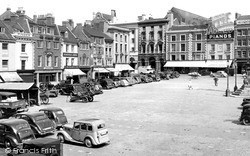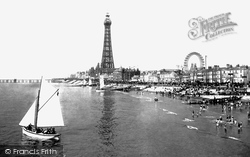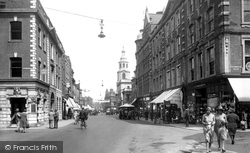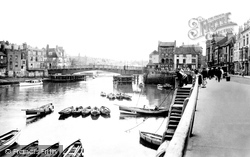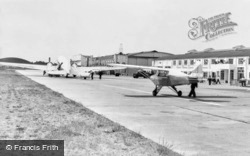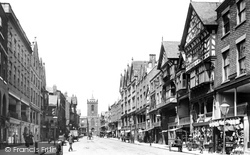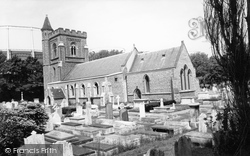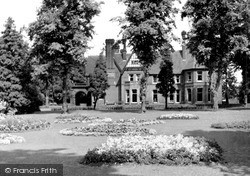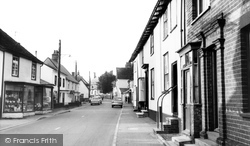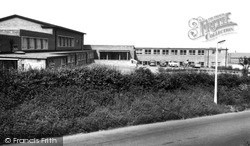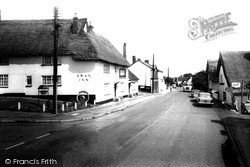Places
Sorry, no places were found that related to your search.
Did you mean: north ness or na h ness or nook ness or nash ness ?
Photos
12 photos found. Showing results 821 to 12.
Maps
9,582 maps found.
Books
29 books found. Showing results 985 to 1,008.
Memories
4,582 memories found. Showing results 411 to 420.
Pontrhydyrun Avondale Road
I am Roger Davies of 11 Avondale Road, DOB 19.09.43. Went to Sebastopol Infants school 1948 and then to Griffithstown Junior Mixed - Bryn Jones prior to 11+ ! West Mon 1954. - Harrison, Garnet, et al. Recall ...Read more
A memory of Pontrhydyrun in 1948 by
Petworth Mill
My grandparents Hylands live in the millhouse at Petworth. When I was a child, after moving from a farm at Sutton my grandad Bill worked for the mill driving a flour lorry and nan Olive used to sell tickets to men wnting to fish ...Read more
A memory of Petworth in 1970 by
Ward End Adult School
The Ward End Adult School was held on Sunday mornings in 'The Barn', St.Margaret's Road, Ward End before the 2nd World War. It was run on a sort of religious basis, like a church (non-denominational, I think, but similar to ...Read more
A memory of Ward End in 1930 by
2up And 2down!
My father was born in Ford Street Hockley Brook Birmingham in 1936. He was the youngest of 6, 2 sisters and 3 brothers. Ford Street consisted of a row of houses on one side and factories on the other side. The houses were 2 up ...Read more
A memory of Birmingham in 1940 by
Wouldham 1946 49
Hi, I was born in Wouldham, 3 Castle Street, in 1946 and my family moved away in 1949 but I had a memory of the house that stayed with me all my life. The memory is of a tree in the garden that had a swing that my dad used to ...Read more
A memory of Wouldham by
Clements Hall Childrens Home
My memory of Hockley is staying in a children's home called Clements Hall in 1960/5. It was near a few orchards where we would go scrumping for our midnight feasts. It really was a great place to stay as a kiddy. We ...Read more
A memory of Hockley in 1960 by
Twelve Happy Months
I was born in Nant Gwynant in 1925 and lived there for the first 20 years of my life. In 1944 I was drafted into the army and served in German and Italy. Upon release in 1947, I decided to try and make a career in ...Read more
A memory of Nantgwynant by
Crosby Rosedale Aveune
I was born in my grandparents' home in Rosedale Avenue in July 1947. I remember Crosby well, the cinema at the top of Endbutt Lane, going to church at St Peter and St Paul's RC Church, seeing the Beatles, and here I am in ...Read more
A memory of Crosby in 1947 by
Love That Place!
Born at Petersfield in 1940, my first home was Berry Cottage, down Sandy Lane, opposite Sibley's farm. Berry cottage had only 4 rooms (2 up and 2 down), no running water, only a well and later a tap down in the lane. I remember ...Read more
A memory of Rake Firs in 1940 by
Growing Up In Easebourne
I went to live in Cowdray House, aged 4, in 1951. My father worked in the accounts office in Easebourne village, and I attended Easebourne Primary School (Headmaster was Mr Bevan) along with Barbara Fisher, who also ...Read more
A memory of Easebourne in 1956 by
Captions
1,673 captions found. Showing results 985 to 1,008.
The stretch of buildings on the other side of the station were once the original Company Shop (of the Rhymney Iron Company), which was set up and strictly run by Andrew Buchan - there was another similar
Pleck Road through to Peel Street is just visible on the left of the photograph.
Built in 1859, it replaced another from the 1700s which burnt down.
The bus shelter outside The White Lion (left) has gone, but this is still one of the main stops for Redditch-bound buses (The Bell - see A163350 on page 53 - is another).
The building of Charles Church started in 1640 after Charles I gave permission for another parish to be created. Construction was suspended in the Civil War and completed in 1657.
During the Great War, Cannock Chase was used as a training area for troops, and two military camps were established at Coppice Hill, near here, and at Brindley Heath, both connected by a railway.
Here the river charts a more leisurely course as it makes its way to the sea.
Early Woburn suffered by fire in 1505, and again in 1724, but was entirely rebuilt on both occasions.
This shopping parade was built for Shirley's growing commuter population in the mid 20th century, but today it is part of a seemingly endless string of commercial premises along both sides of the road.
We may be thankful that although a later entrance building was wrecked by fire, both the older theatre and music pavilion can still be seen today, and the pier remains successful.
Troops were billeted at the shoreward end pavilion during the Second World War, though it had re-opened to the general public by 1946.
The impressive Royal Insurance building and the premises of Abel's Pianos have both gone; the Admiral Rodney pub, Household Linens, the Queen's Arms and Victoria House, at the very end of the row, have
Given their numbering in the archive, it is possible that these pictures were taken within hours of one another.
Summer sunshine has brought out the flowery frocks, but the ladies will still not venture out without their hats.
If you should ask how the fishermen reached their cobles moored in the river, notice the steps (not to mention the mooring ropes).
The statues flanking its main entrance steps portray mining and nautical navigation themes - both endeavours vital to the prosperity of the city and county.
Both Southampton and Eastleigh laid claim to its title; the thorny problem was eventually and diplomatically settled by calling it Southampton (Eastleigh) Airport.
The ironmonger on the right has taken every opportunity to display the variety of his wares, though the children will almost certainly be more interested in the next shop along where both Chester rock
The Aquarium 1889 A goat cart awaiting customers is vis- ible on the left of the picture. This is the entrance to Brighton's Aquarium, now the Sealife Centre, which opened in 1872.
One section is devoted to lacemaking in the county and another to Luton's own traditional industry - hat making.
The Railway Hotel has a rustic porch, and children stand hopefully beside the chocolate machines on the wall. The hotel later became the Eeabank Lodge.
On the right the large bay windows of the clock and electrical shops have been entirely removed.
Continuing eastwards along the A52 beyond The Sherwin Arms, we come to a complex of council schools, both primary and secondary, built in Bramcote Hill Park.
Following the closure of the post office and stores in March 2003, a community shop and post office opened in the barn of the Swan in December 2003.The single-decker bus is approaching another now
Places (0)
Photos (12)
Memories (4582)
Books (29)
Maps (9582)


